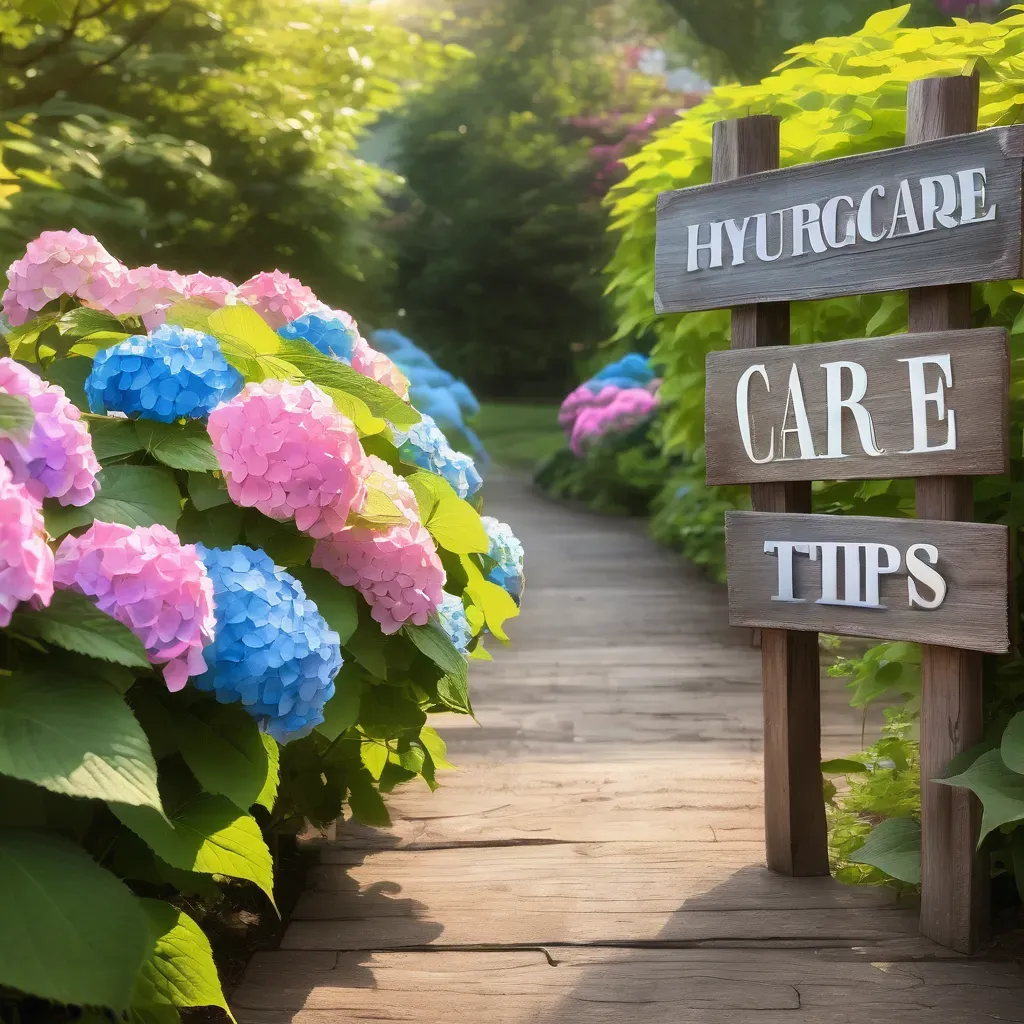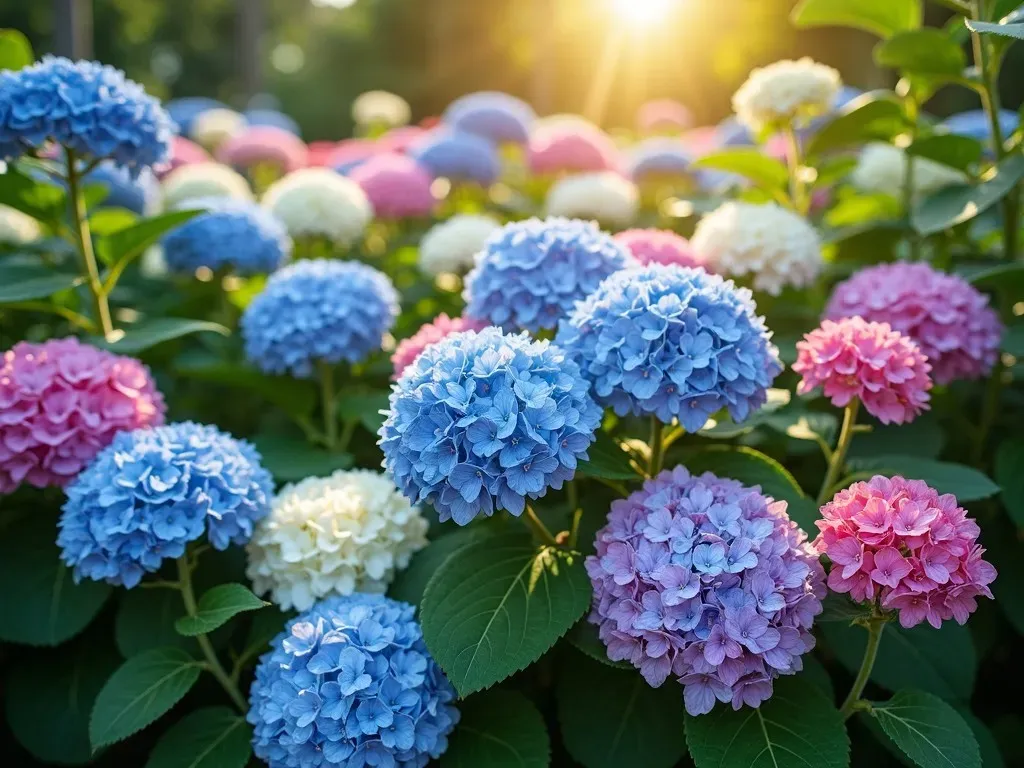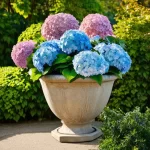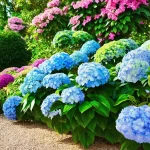Hydrangea, commonly known as the hortensia, is a genus of more than 70 species of flowering plants that are largely native to Asia and the Americas. This vibrant, ornamental shrub is loved for its large, showy flowers and is a popular choice among gardeners and landscapers. Hydrangeas can vary dramatically in size, flower shape, and color, making them a versatile option for various garden designs and aesthetics.
What is a Hydrangea?
To define hydrangea further, we can note that these flowering plants typically thrive in temperate regions. The genus is noted for its diverse species, which differ not only in appearance but also in their cultural requirements. Most hydrangeas are shrubs 1 to 3 meters (approximately 3 to 10 feet) tall, although some can be small trees, and Others are low-growing ground covers. The flowers can range in color from white to pink, blue, and even lavender, influenced largely by the pH of the soil in which they are grown.
| Hydrangea Characteristics | Description |
|---|---|
| Common Name | Hydrangea (Hortensia) |
| Family | Hydrangeaceae |
| Native Regions | Asia and the Americas |
| Height | 1-3 meters (3-10 feet) |
| Flower Colors | White, Pink, Blue, Lavender |
| Soil Preference | Moist, well-drained acidic soil |
| Light Requirement | Partial to full sun |
The Fascinating Origins of the Name
Interestingly, the word ‘hydrangea’ is rooted in Greek, where "hydro" means water and "angeion" means jar or vessel, which reflects the flowers’ need for moisture. This etymology not only conveys the demands of hydrangeas but also highlights their beauty as containers of water.
types of hydrangeas
There are several species and varieties of hydrangeas, each showcasing unique colors and forms:
-
hydrangea macrophylla (Bigleaf Hydrangea)
- Known for its large, rounded flower clusters.
- Colors range from blue to pink, depending on soil pH.
-
Hydrangea paniculata (Panicle Hydrangea)
- Features cone-shaped flower clusters that bloom from white to pink.
- They can grow to be larger than most other hydrangeas.
-
Hydrangea arborescens (Smooth Hydrangea)
- Commonly known for its white flowers, particularly the variety “Annabelle”.
- It is dense and bushy, making it ideal for privacy hedges.
-
Hydrangea quercifolia (Oakleaf Hydrangea)
- Recognizable by its oak-shaped leaves and large white flower spikes.
- The foliage turns vibrant colors in fall, adding seasonal interest.
Growing Hydrangeas: Care and Maintenance
To cultivate beautiful hydrangeas, it’s essential to understand their needs. Here are some key factors for Hydrangea Care:
-
Watering: Hydrangeas require plenty of water, particularly during dry spells. They thrive in consistently moist soil.
-
Pruning: Pruning hydrangeas appropriately depending on their type can lead to more abundant blooms. Most should be pruned after flowering to maintain shape.
-
Fertilizing: A balanced, slow-release fertilizer applied in early spring promotes healthy growth and flowering.
Hydrangea Care Checklist
| Task | Frequency | Notes |
|---|---|---|
| Watering | Weekly or as needed | Keep soil moist but not waterlogged |
| Pruning | Annually | Late winter or spring, depending on species |
| Fertilizing | Early spring | Use a balanced fertilizer |
| Mulching | Annually | Helps retain moisture |
What Do the Colors of Hydrangeas Mean?
The colors of hydrangeas can carry significant meanings, adding to their allure. Here are some common interpretations associated with the colors:
- Blue: Represents love, stability, and peace.
- Pink: Symbolizes heartfelt emotions, gratitude, and grace.
- White: Often indicates purity, innocence, and new beginnings.
- Purple: Represents admiration, and can signify a deep bond.
Popular Hydrangea Colors and Their Meanings
| Color | Meaning |
|---|---|
| Blue | Love and Peace |
| Pink | Heartfelt Emotions |
| White | Purity and Innocence |
| Purple | Admiration and Deep Bonds |
Frequently Asked Questions (FAQ) About Hydrangeas
Q: How to spell hydrangea?
A: The correct spelling is H-Y-D-R-A-N-G-E-A.
Q: What do white hydrangeas mean?
A: White hydrangeas symbolize purity, innocence, and new beginnings.
Q: How do I achieve blue hydrangeas?
A: To change hydrangea colors to blue, amend the soil with aluminum sulfate and keep the soil acidic.
Q: Are hydrangeas perennial?
A: Yes, most hydrangeas are perennial shrubs, returning each year.
Q: What is the most popular type of hydrangea?
A: The bigleaf hydrangea (Hydrangea macrophylla) is one of the most popular varieties due to its large blooms and color versatility.
For more in-depth care, research, and tips on hydrangeas, you may want to refer to The Spruce’s comprehensive guide on How to Grow and Care for Hydrangeas.
Conclusion
Developing an understanding of the hydrangea’s captivating beauty and variety enhances its appeal in the landscape. This exquisite flower is not just a feast for the eyes but a representation of care, emotion, and nature’s splendid design. With the right conditions and maintenance, hydrangeas can flourish into stunning displays of color and beauty that bring joy for many seasons.





